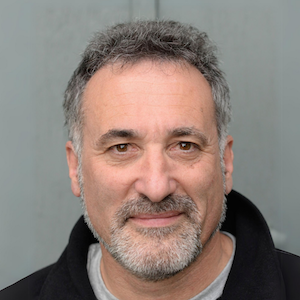
Daniel Schulman, L.Ac
Daniel graduated from the New England School of Acupuncture in 1999. He has been in private practice in Charlottetown, Prince Edward Island, Canada since then. He founded and chairs the Association of Registered Acupuncturists of Prince Edward Island.
For twenty years, Daniel’s clinical work centered around Japanese palpatory approaches, primarily those in the Nagano/Matsumoto lineage (but also including Keiraku Chiryo), expanding into an integration he discovered with Ren Ying Cun Kou pulse diagnosis. This work involved what he calls a reverse engineered ‘palpate first, ask questions later’ approach. More recently, Daniel has found himself in a radical clinical transformation via the elegant Saam fusion of Zhou Yi trigrams, 5 Phases and Six Levels.
Daniel marvels at the fact that even after two decades in practice, every day is novel, new and fascinating.
Presentation
Title:
Intelligence and Infrastructure: Saam and the Border
Summary:
We will explore the unique potency of Saam acupuncture to enliven the process of clinician development, from the didactic beginnings of technical repetition to the deep archetypal essence connection.
Most of us have access to two major streams of Saam lineage, the teachings of Sunim Doam via Toby Daly and those of Hong Gyeong Kim. We will use the synthesis of these two streams to explore the theme of borders, boundaries and space.
How does the patient experience and manage the inside / outside relationship? What gets in? What stays out? What is the influence of sense of space? And how can Saam be used to serve these issues? The Shao Yang / Jue Yin pairs (SJ/Liver and PC/GB) and the Tai Yang system (UB/SI) will be featured.
We will illuminate a key distinction between Infrastructure (walls and border crossings) and Intelligence (data-gathering). Cases from clinic will be used throughout the presentation.
In This Presentation We Will:
- Appreciate the journey into Saam acupuncture as a potent experience of and opportunity for clinical development
- Clarify the risks / dangers of and opportunities for synthesis and innovation in engagement with Saam acupuncture.
- Understand the process of shifting from sign and symptom didactics to connecting with archetypal essence in clinic.
- Better understand the two major streams of lineage in present-day Saam transmission in the West.
- Deepen our understanding of borders, boundaries and space through the Saam lens and in particular the Jue Yin Shao Yang pairs and the Tai Yang system.
